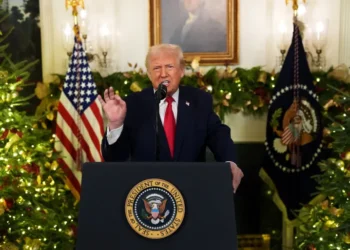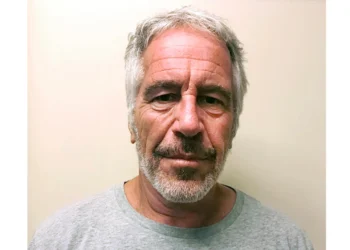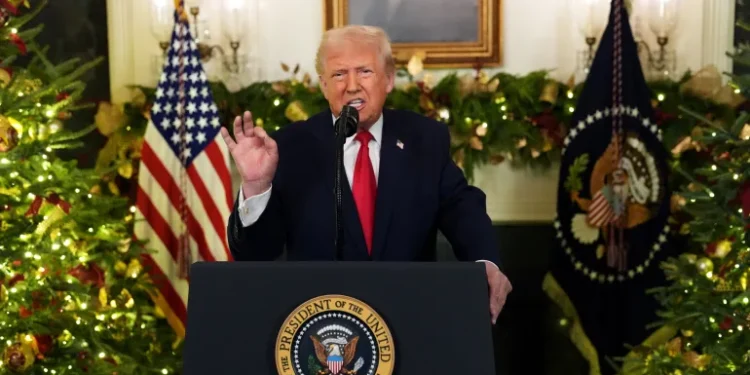The US-led coordinated release from government oil reserves may only add about 70 million to 80 million barrels of crude supply, less than the much-anticipated 100 million barrels the market the market has been pricing in, and would only reduce crude prices by less than $2/bbl, analysts at Goldman Sachs said.
World oil prices rebounded to a one-week high on Tuesday, November 23, 2021 after the move by the United States and other major energy-consuming nations to release oil from strategic petroleum reserves (SPR) to try to ease energy costs fell off some expectations.
“On our pricing model, such a release would be worth less than $2/bbl, significantly less than the $8/bbl sell-off that occurred since late October,” the bank said in a note titled ‘A drop in the ocean’.
On Wednesday, November 24, 2021, U.S. West Texas Intermediate (WTI) crude declined by 35 cents to $78.15 a barrel.
“The aggregate size of the release of about 70-80 million barrels (mb) was smaller than the more than 100 mb the market had been pricing in, with the swap nature of most of these barrels implying an even smaller, about 40 million barrels net, increase in oil supplies over 2022-2023.
“That is in the context of a market drawing up to 2mb/d at present.”
Goldman Sachs
In addition, Brent crude prices have also priced in the likely hit to global oil demand of 1.5 million barrels per day for the next three months from the impact of COVID-19 in Europe and China, Goldman said.
“We view these as likely excessive concerns over the next three months, leaving the recent sell-off overshooting fundamentals due to the year-end decline in trading activity,” the bank said.
Release of Reserves to warrant $2 per barrel reduction
While the coordinated government stock releases would warrant a $2 per barrel reduction to the bank’s year-end Brent crude price forecast, it expects the lack of progress on negotiations with Iran to offset risks.
As it stands now, global powers and Iran are scheduled to meet on Monday, November 29, 2021 to revive talks on a nuclear deal that could lift U.S. sanctions on Iranian oil, allowing Tehran to increase exports.
“In addition, OPEC could consider halting its production hikes to offset the detrimental SPR impact of lower oil prices on the needed recovery in global oil capex, likely justifying such action as prudent in the face of COVID demand risks.”
Goldman Sachs
There are roughly 605 million barrels of petroleum in the US strategic reserve, which can hold up to 714 million barrels.
It can be recalled that the release of the US reserves will be made available with the first release of 32 million barrels in the next few months and will be returned to the reserve in the years ahead. An additional release of 18 million barrels will be part of a sale of oil that had been previously authorized.
READ ALSO: We have spent more than $30 million to fight COVID-19 in Ghana- US Ambassador























